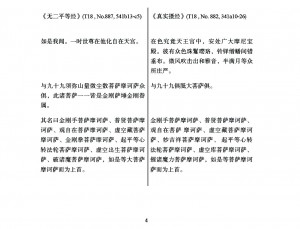Brenda W. L. Li. ‘A critical study of the life of the 13th-century Tibetan monk U rgyan pa Rin chen dpal based on his biographies’. D.Phil dissertation, Oxford University. 2011. [official site]
From the Abstract
U rgyan pa Rin chen dpal (1230–1309) was a great adept of the bKa’ brgyud school of Tibetan Buddhism, particularly renowned for his knowledge of the Kālacakra tantra and the unique teaching known as the Approach and Attainment of the Three Vajras (rDo rje gsum gyi bsnyen sgrub), said to have been given to him in his vision by Vajrayoginī (rDo rje rnal ‘byor ma) in the Miraculous Land (sprul pa’i zhing) of U rgyan. He was the student of the 2nd Karma pa, who entrusted him with the Black Hat, which he passed to the 3rd Karma pa. He was also a great traveller who journeyed widely across and beyond Tibet. He met Qubilai Khan in the capital of Yuan China and visited sacred Buddhist sites in South India. He has been aptly described by van der Kuijp as “the great Tibetan yogi, thaumaturge, scholar, alchemist, and traveler”.
Thanks to the availability of a large amount of hitherto unknown materials from eleven biographies, the thesis has put considerable weight on the bibliographical comparison and analysis of the different works in an attempt to establish the possible relationship between them.









